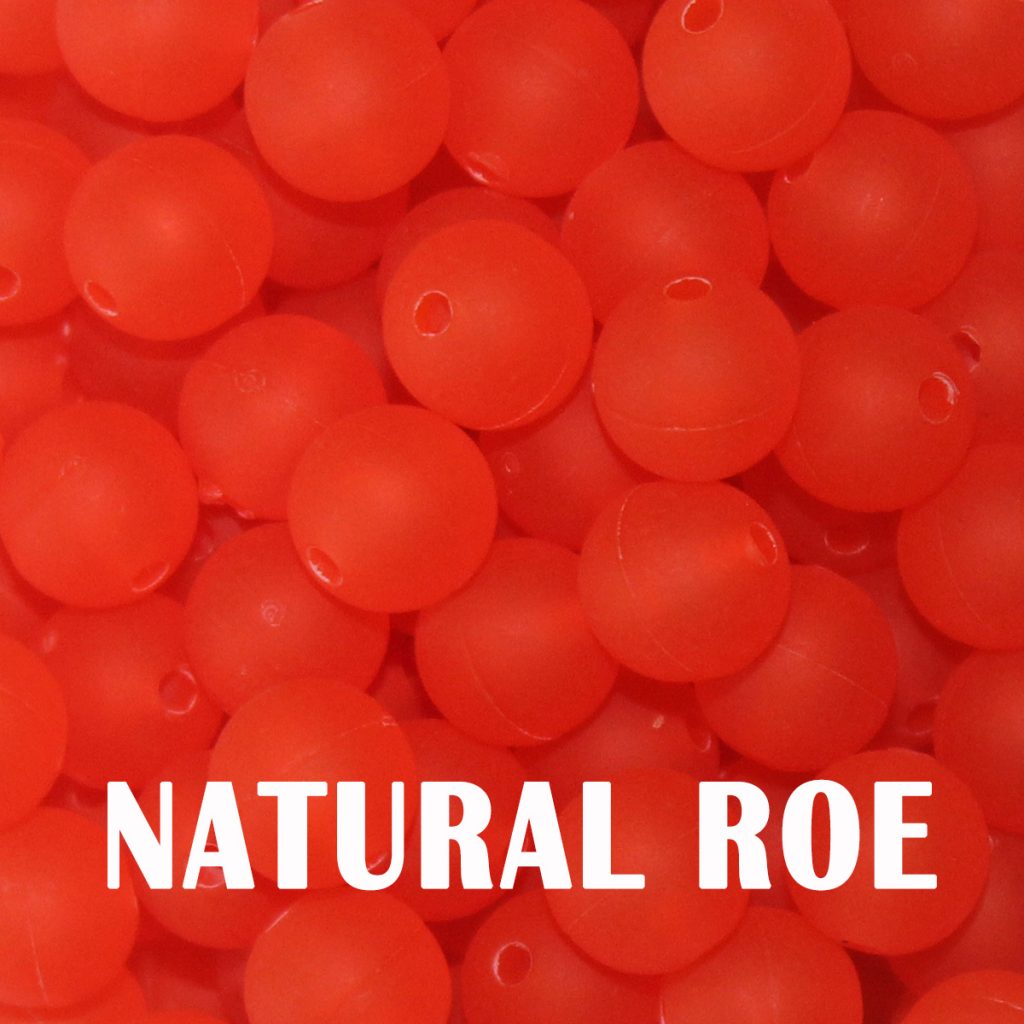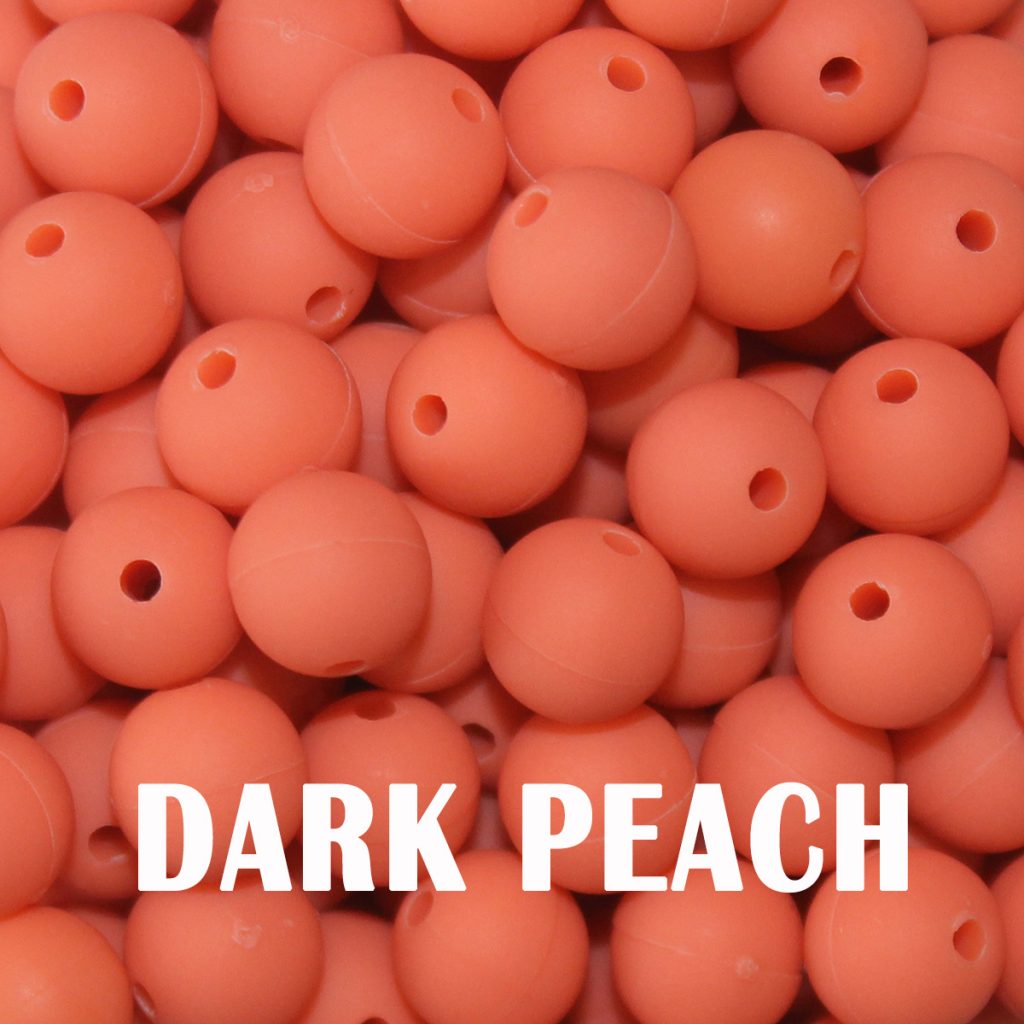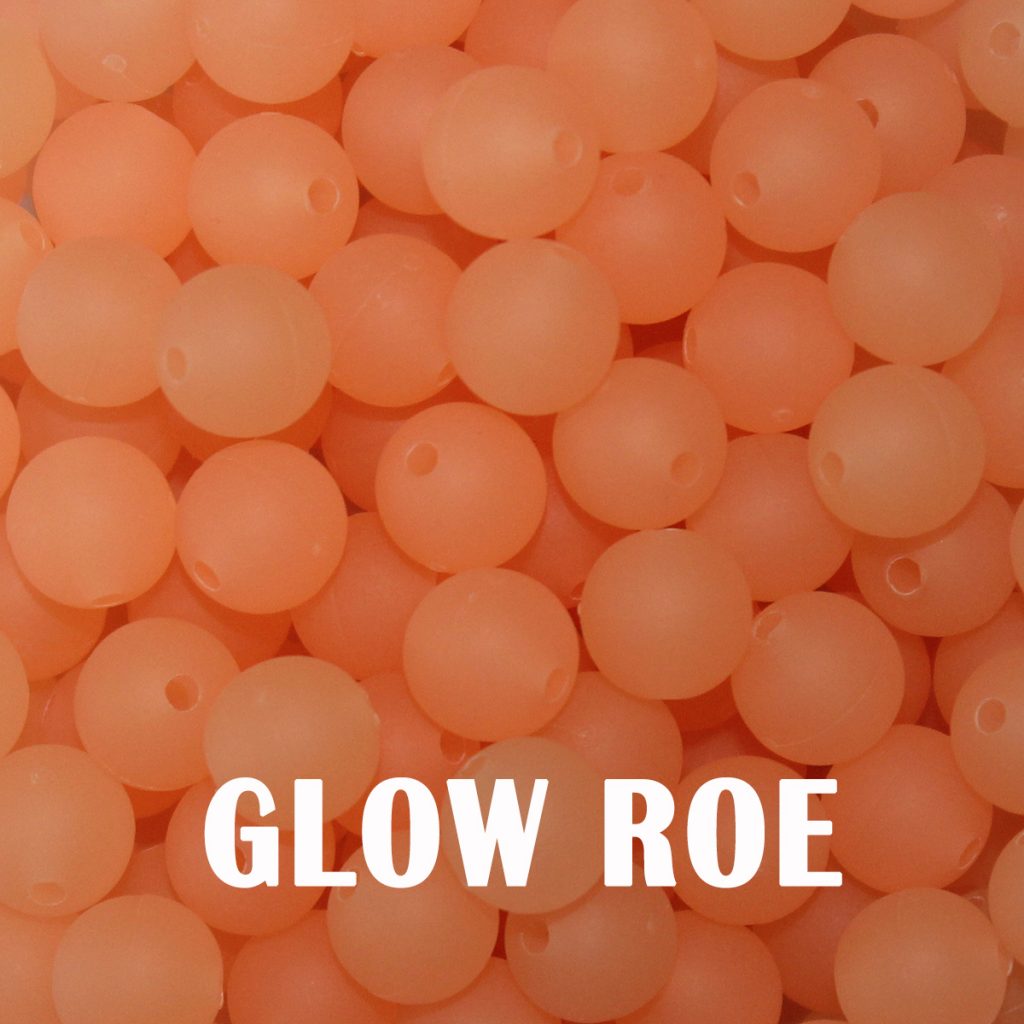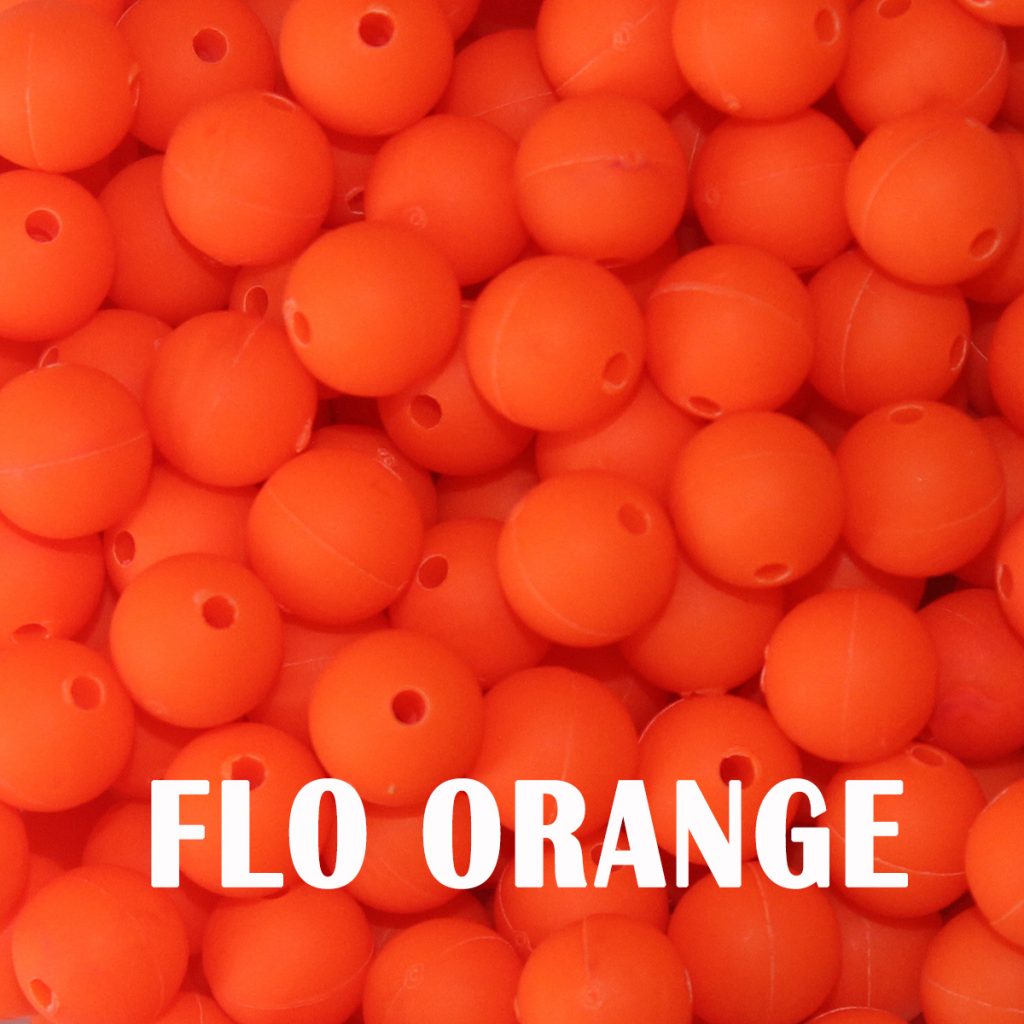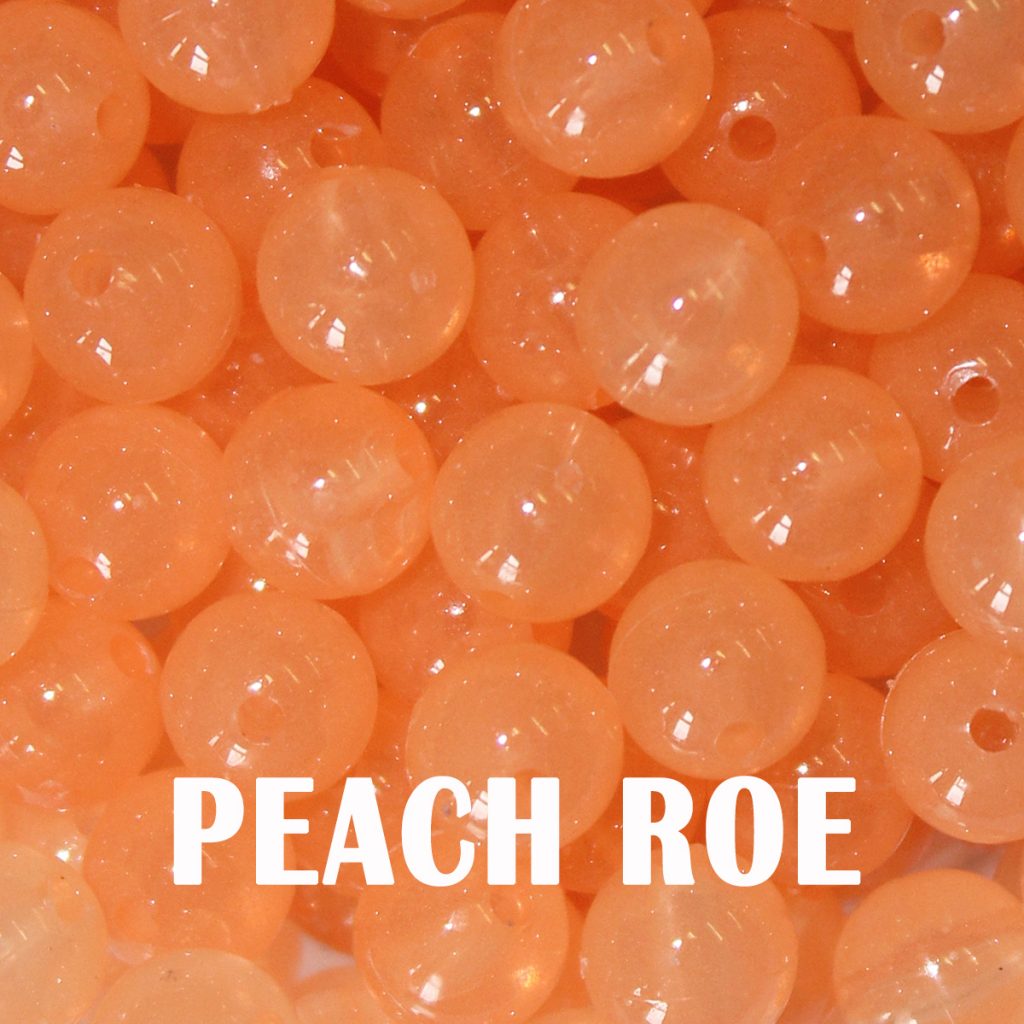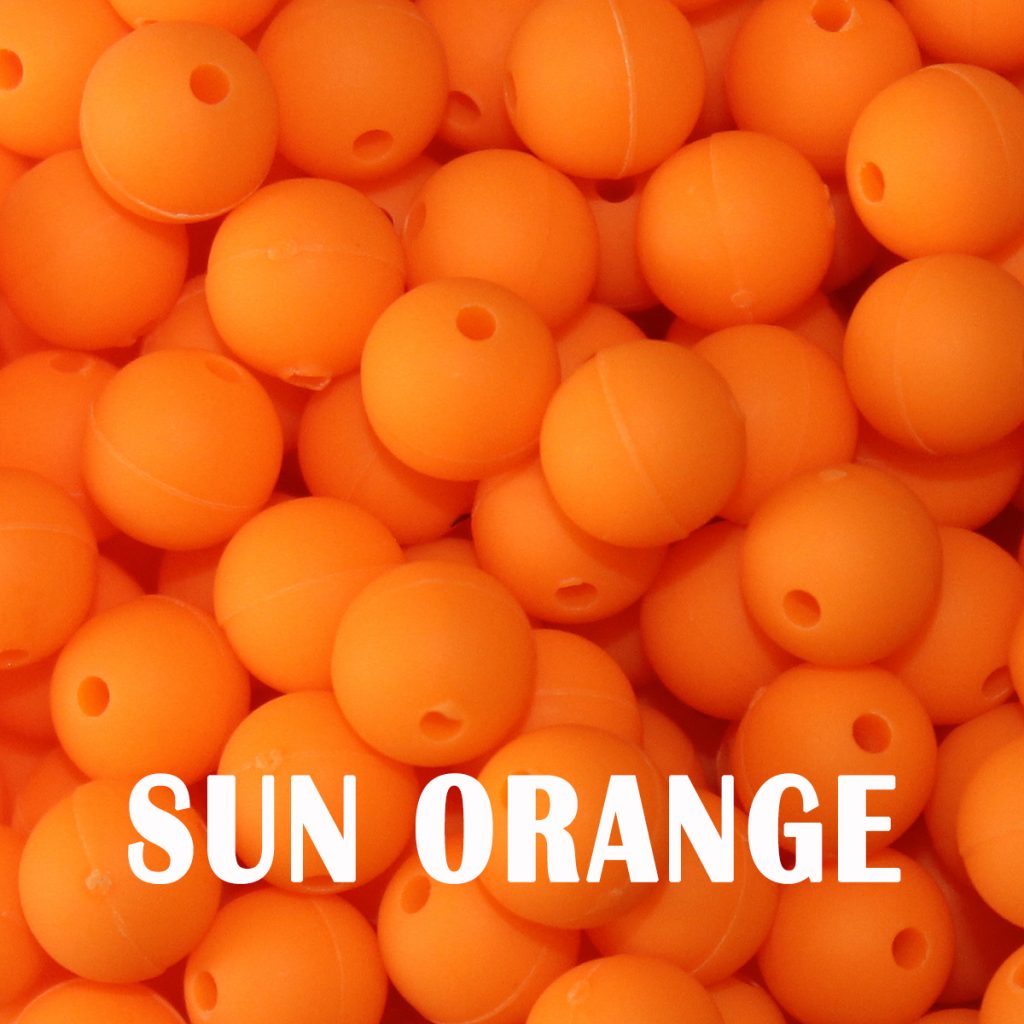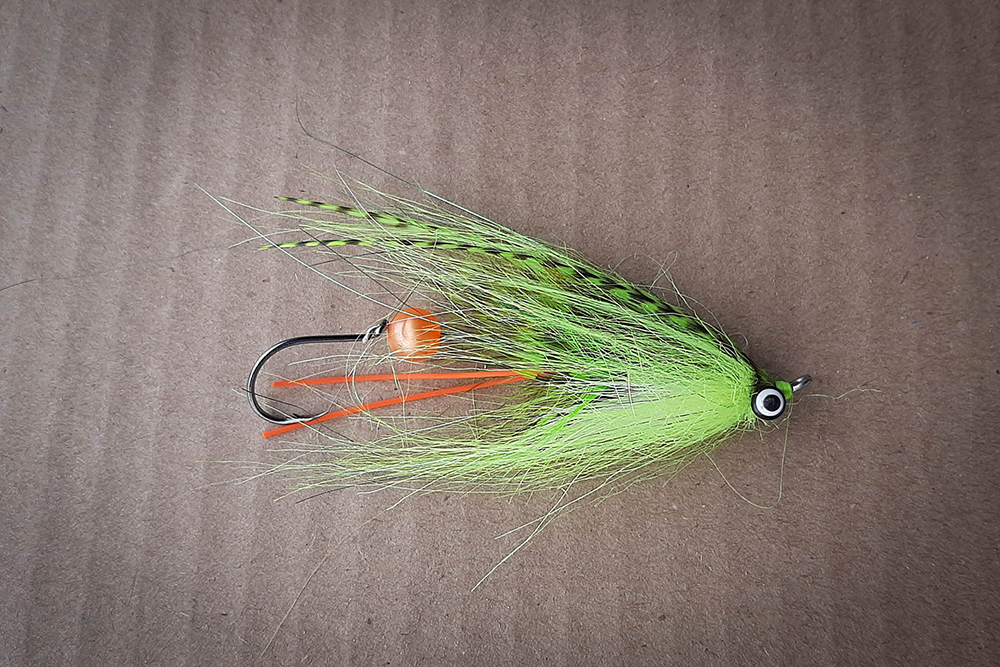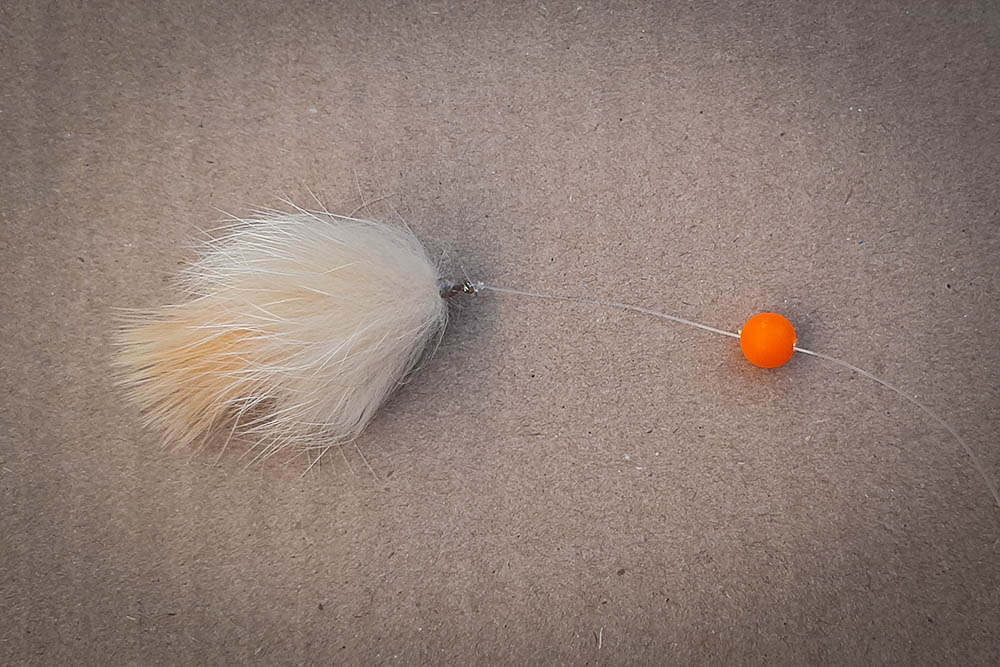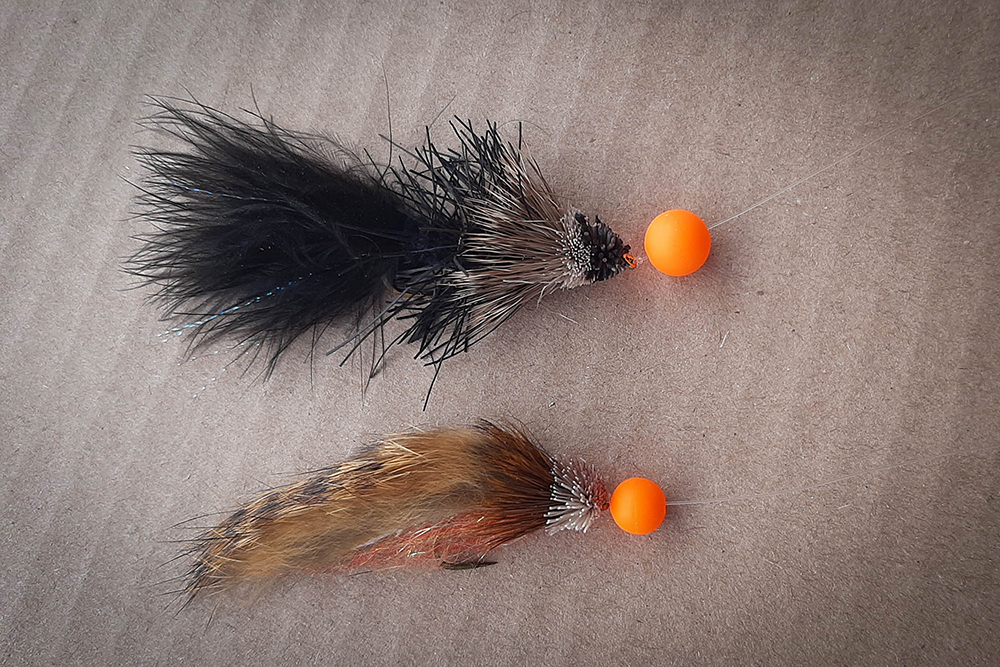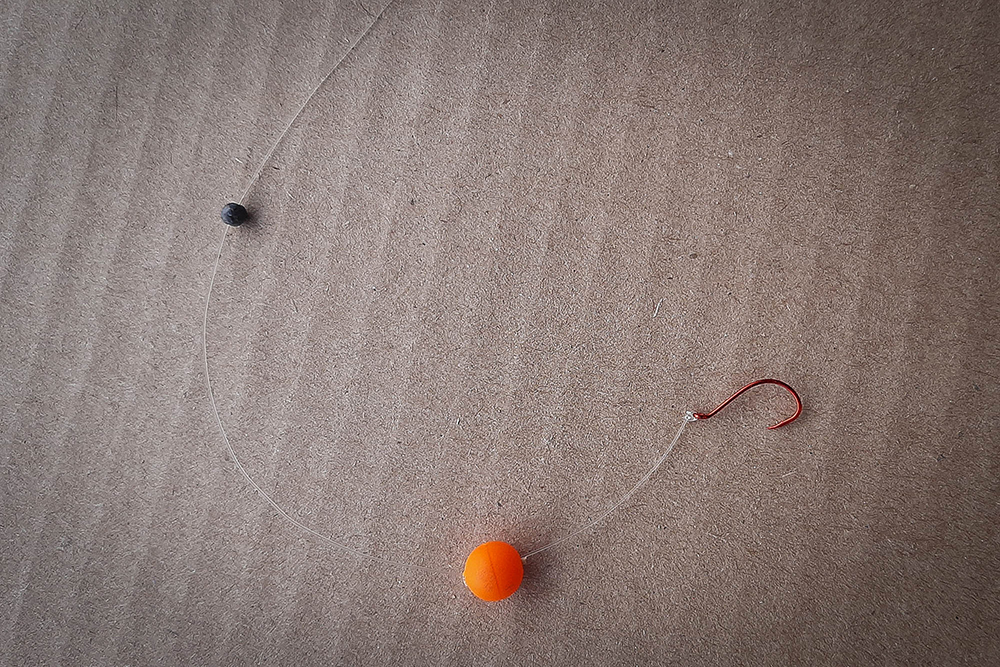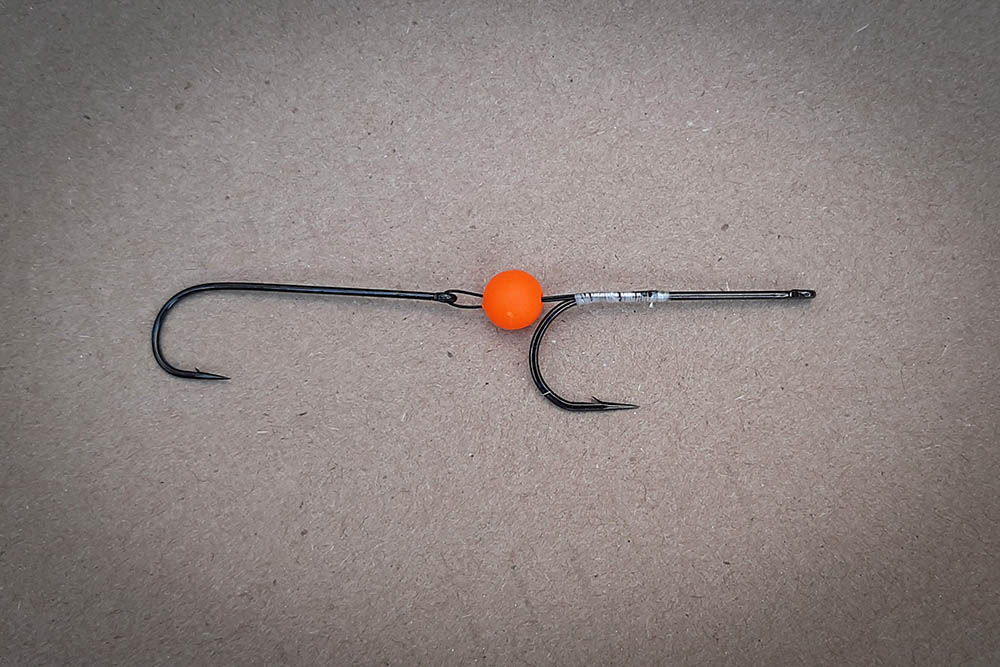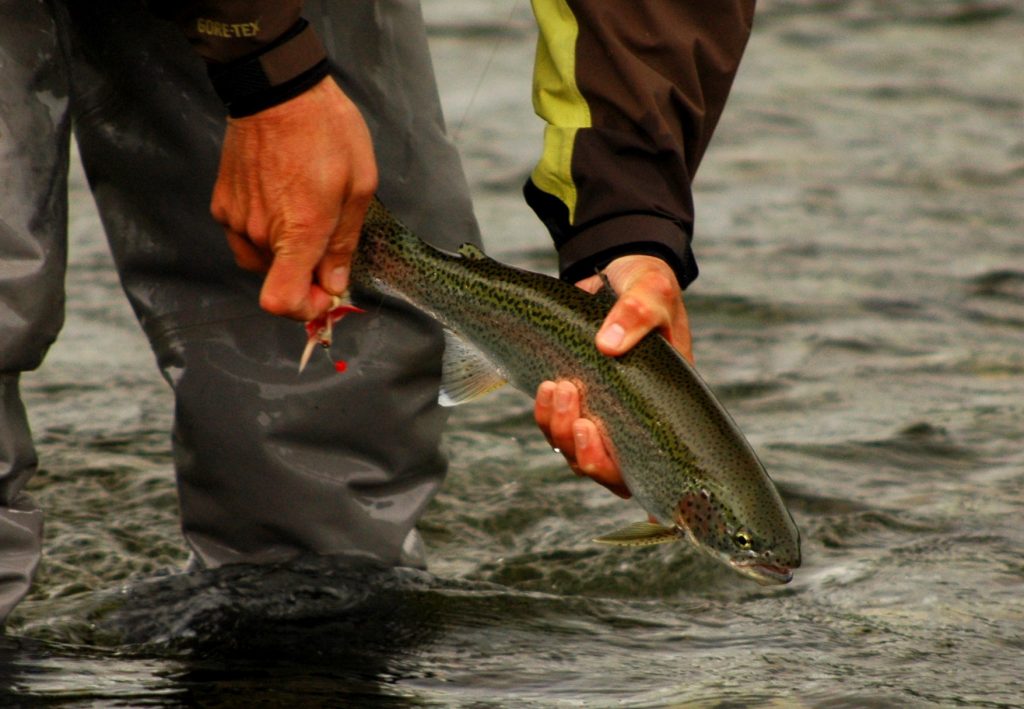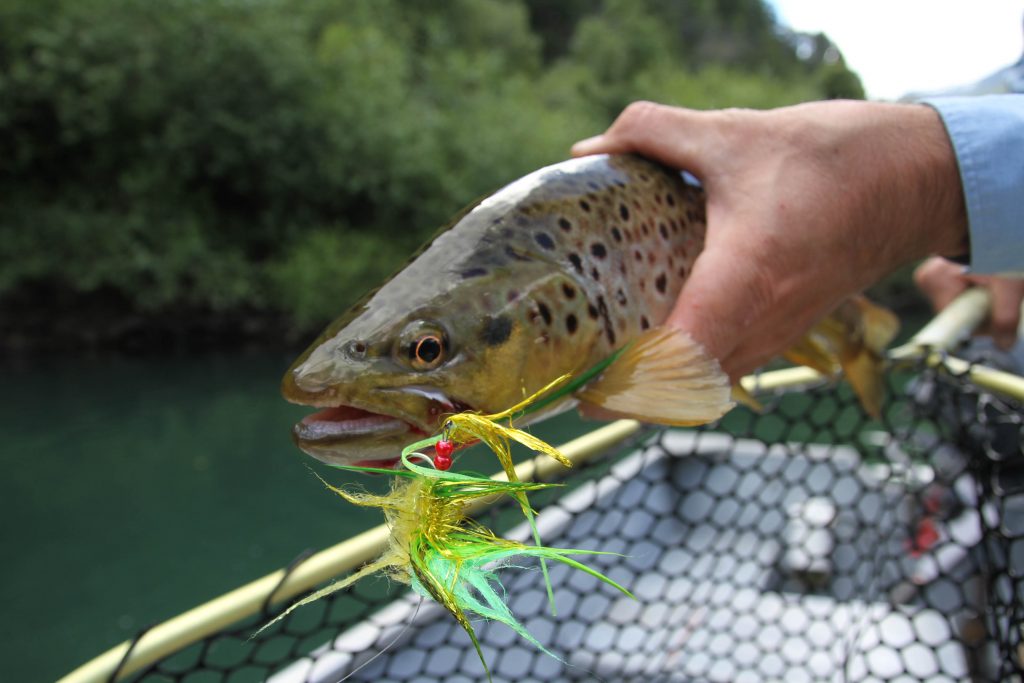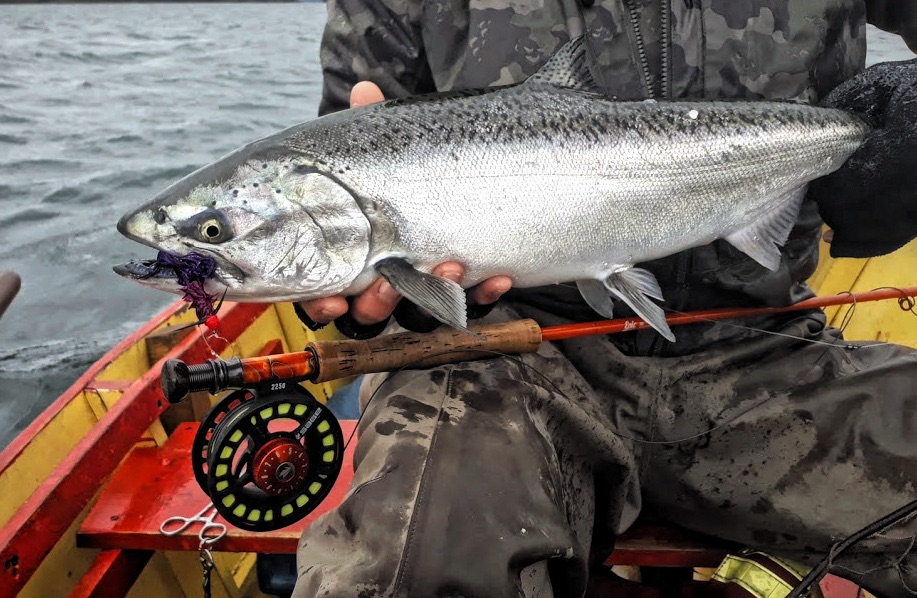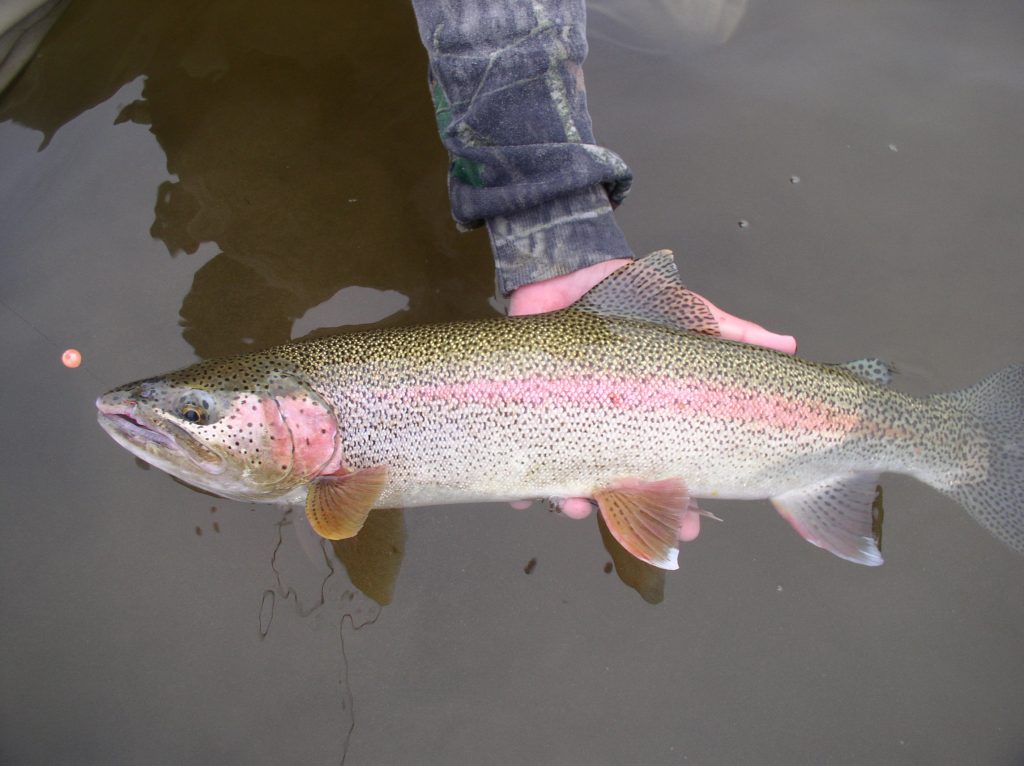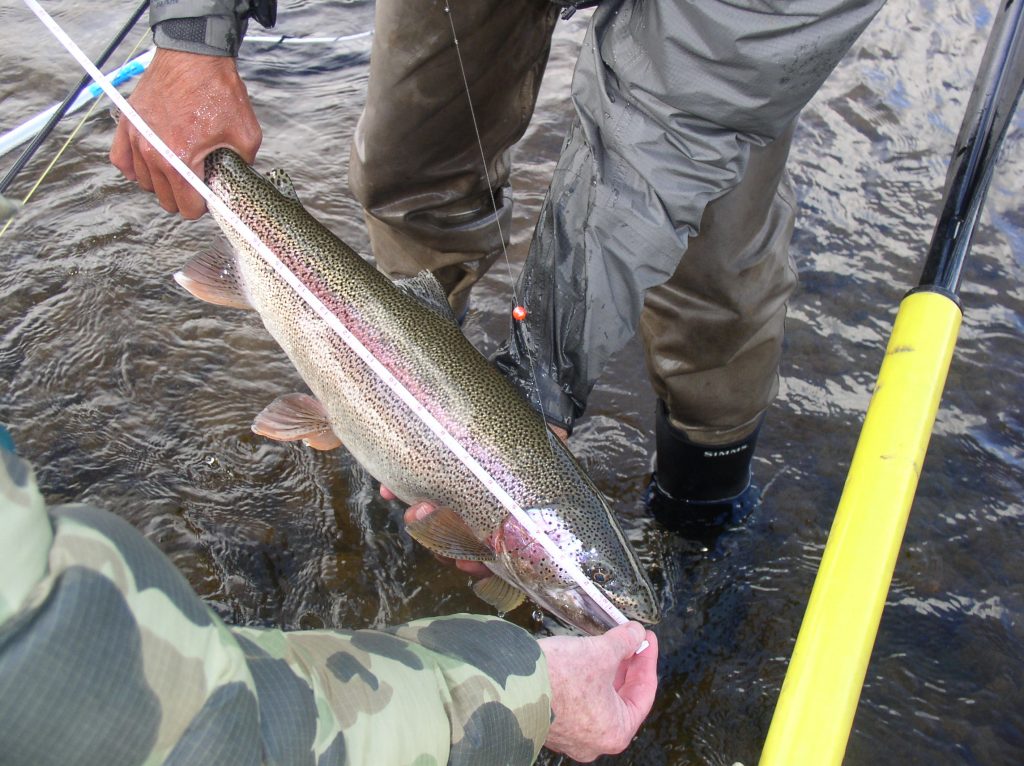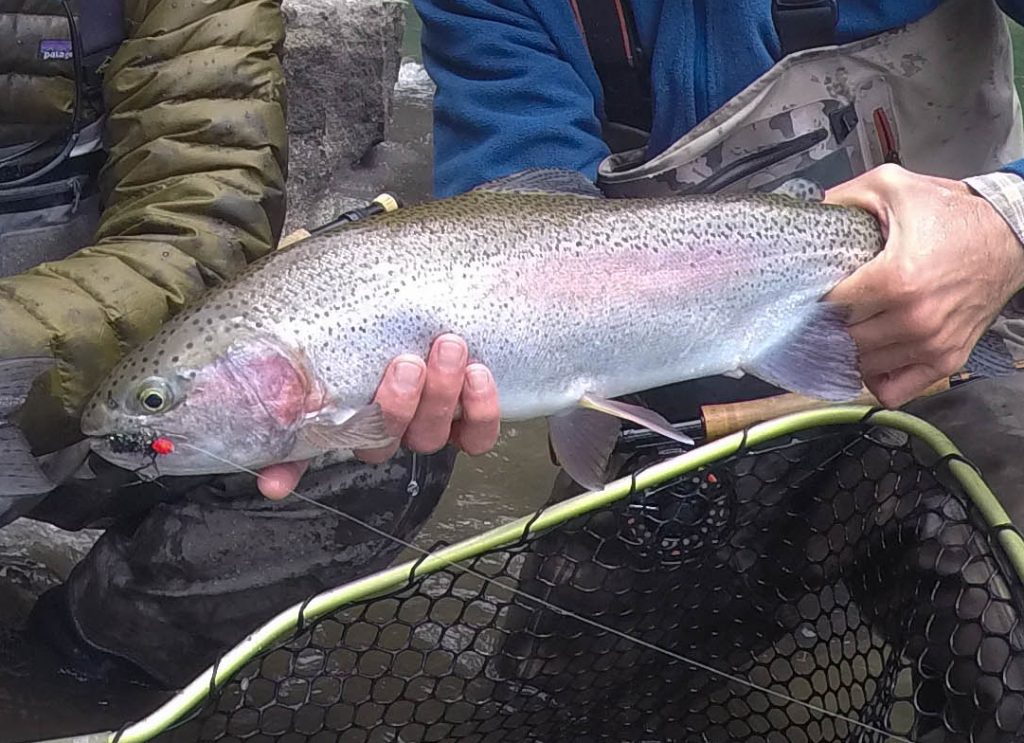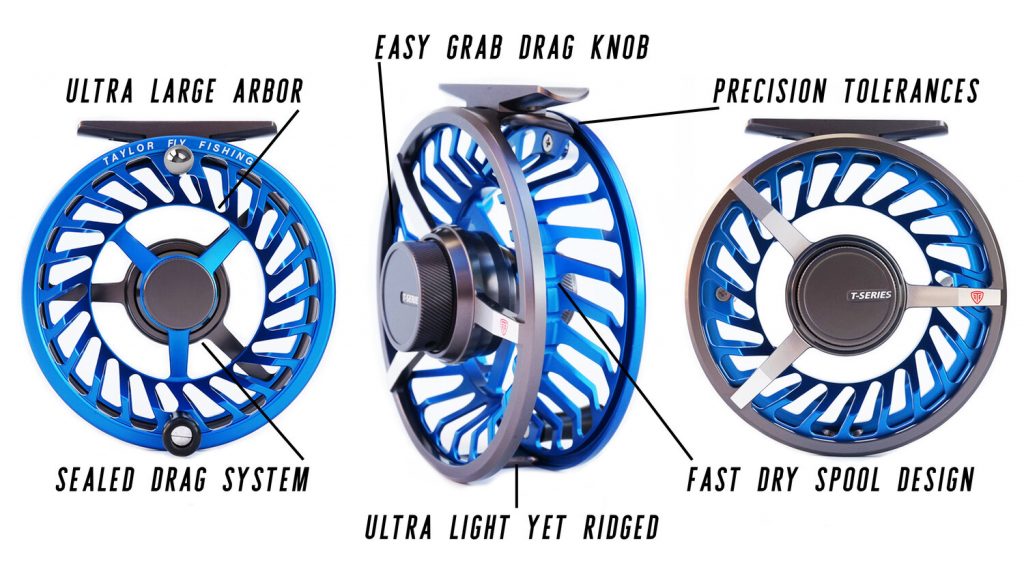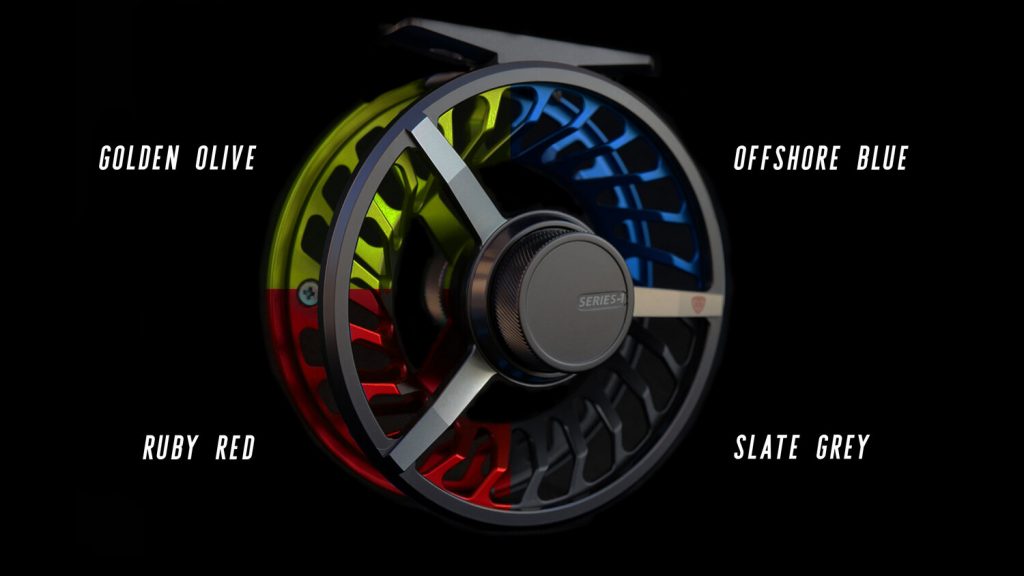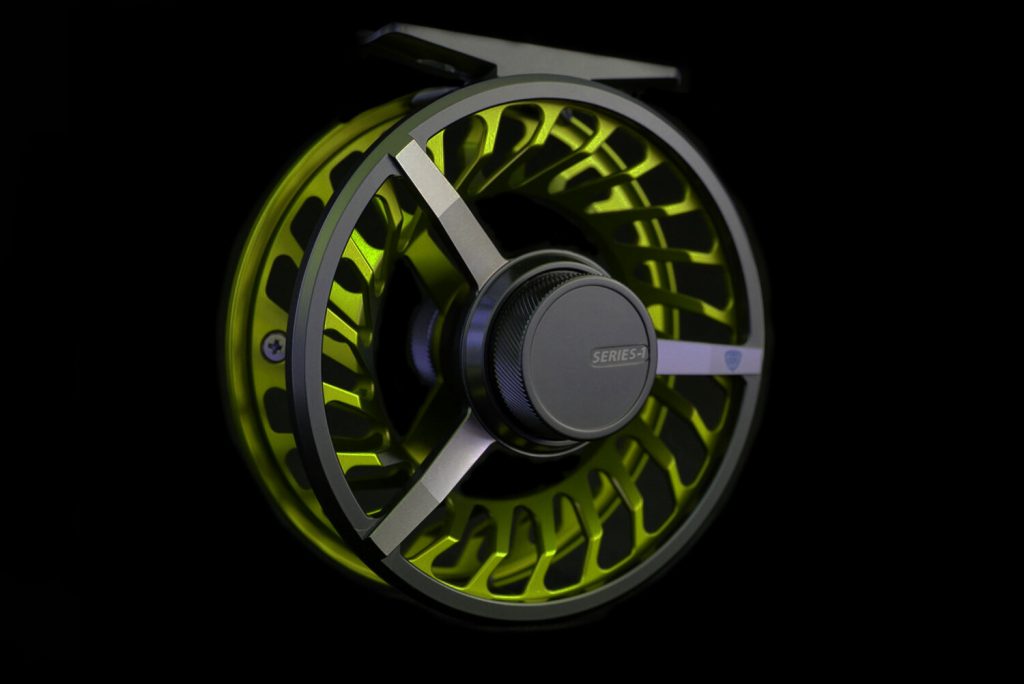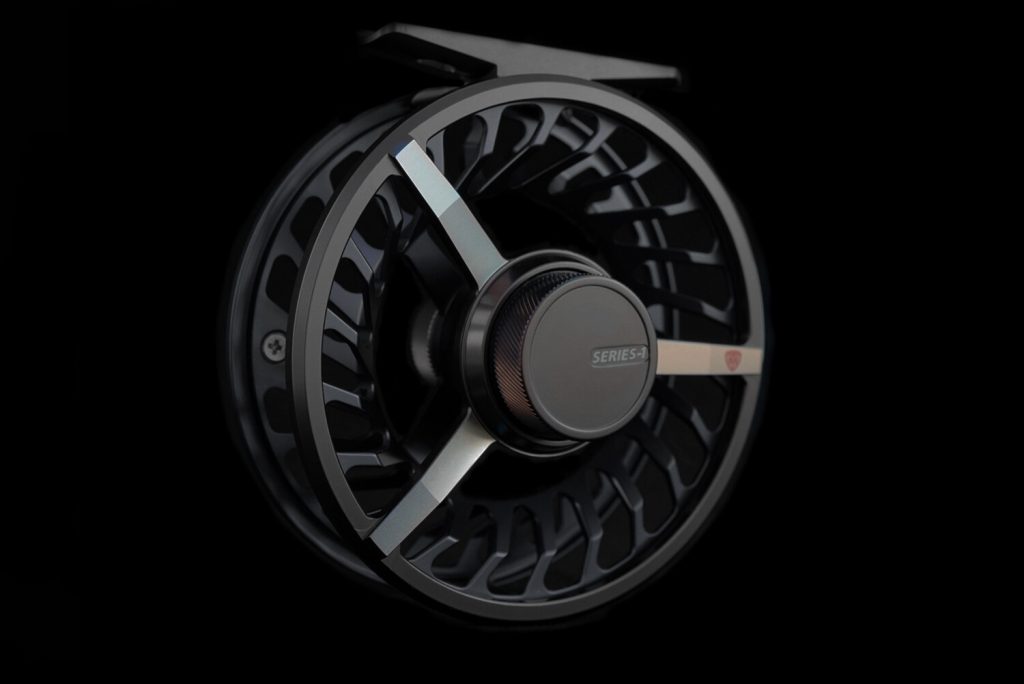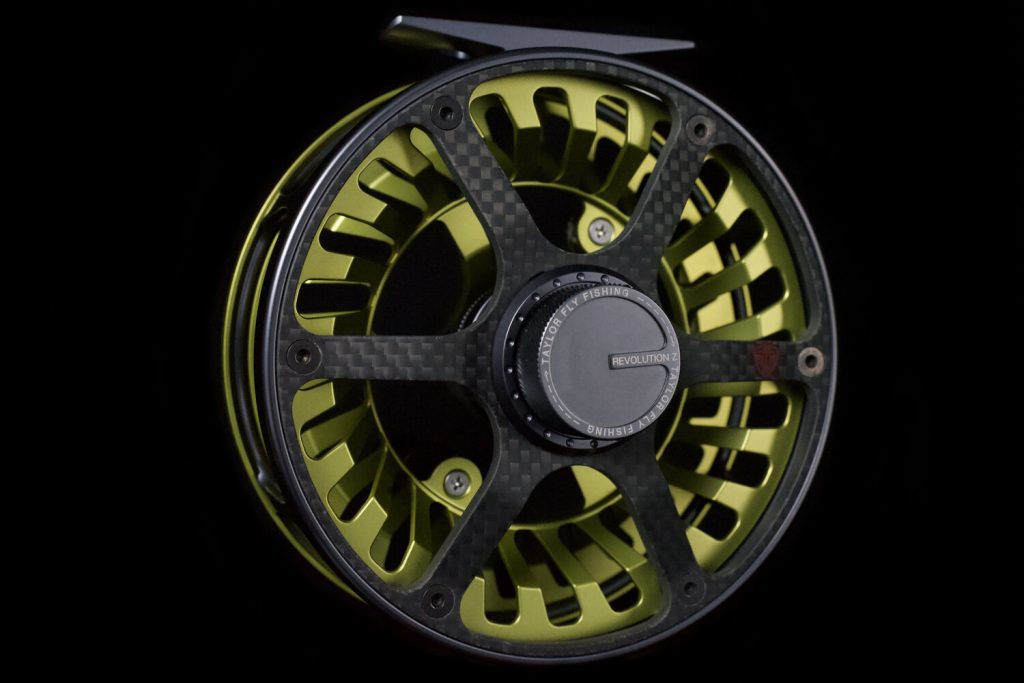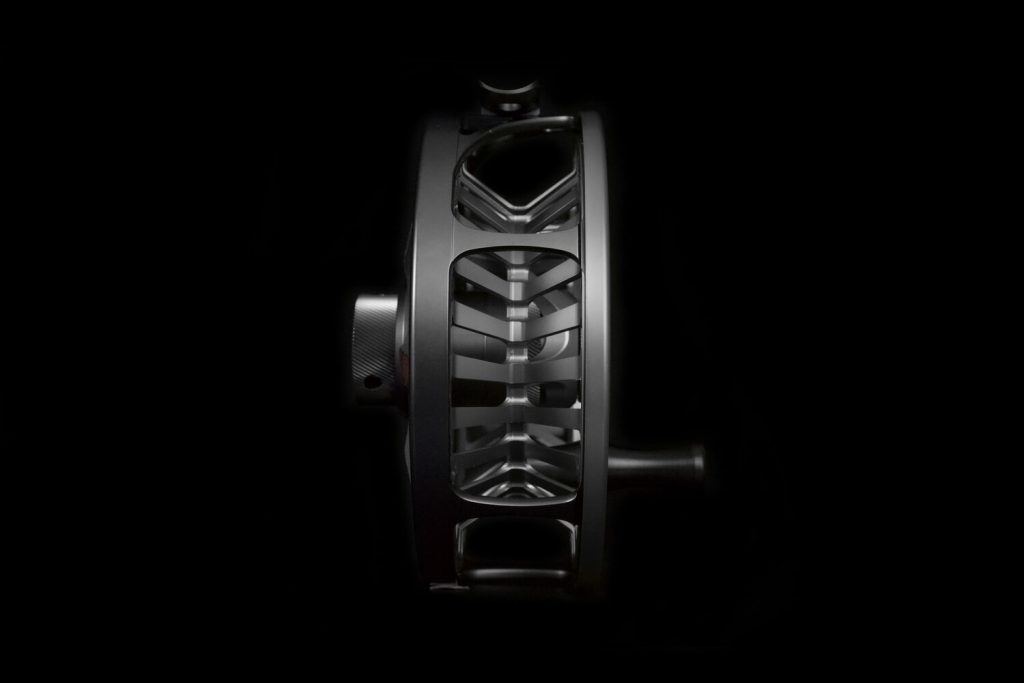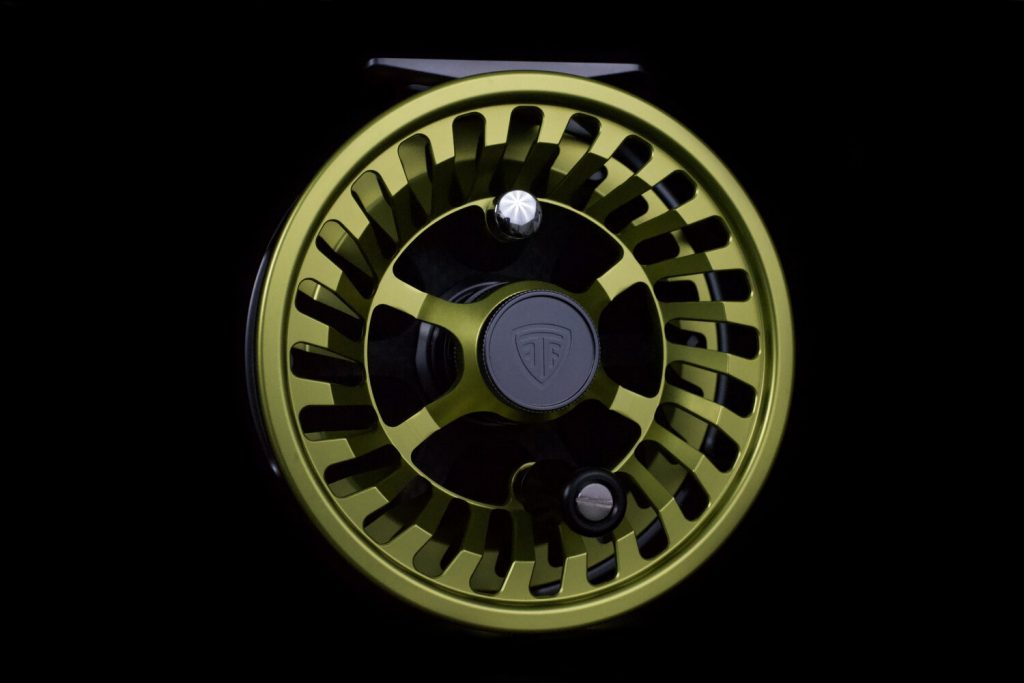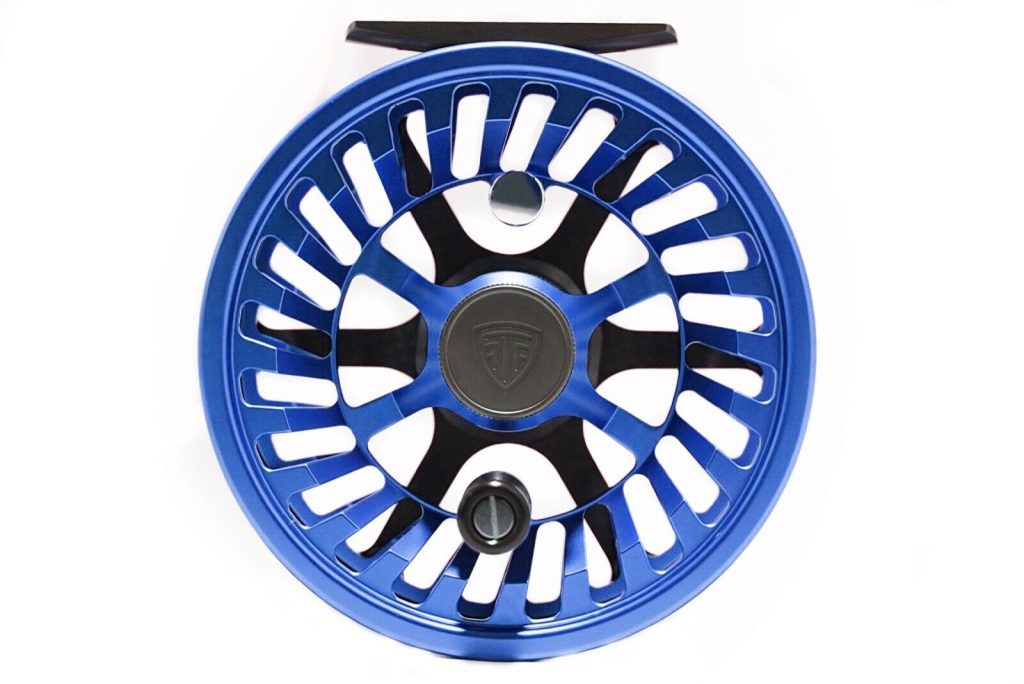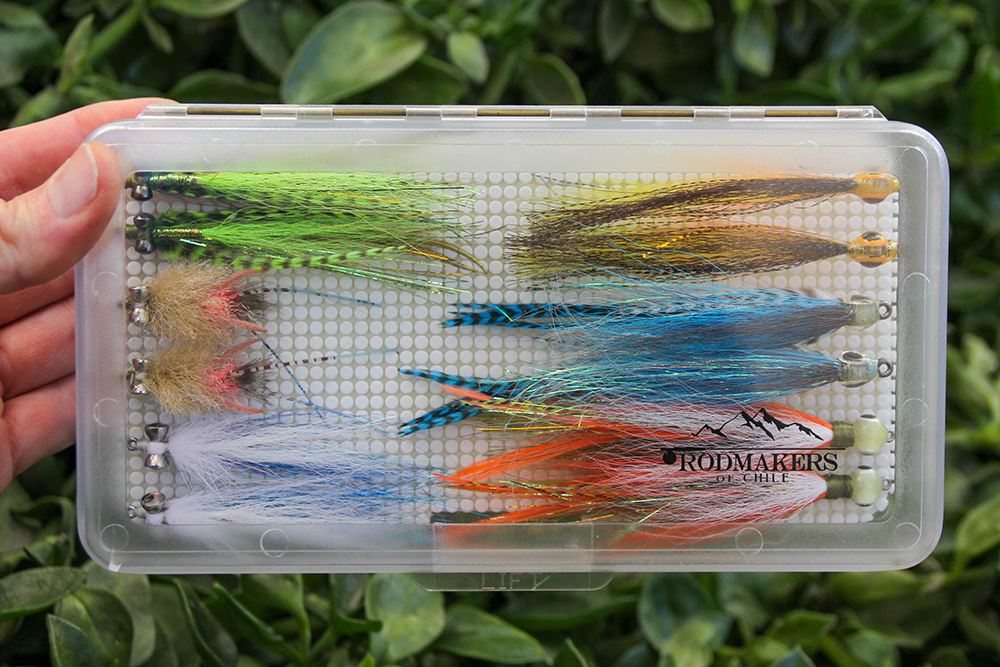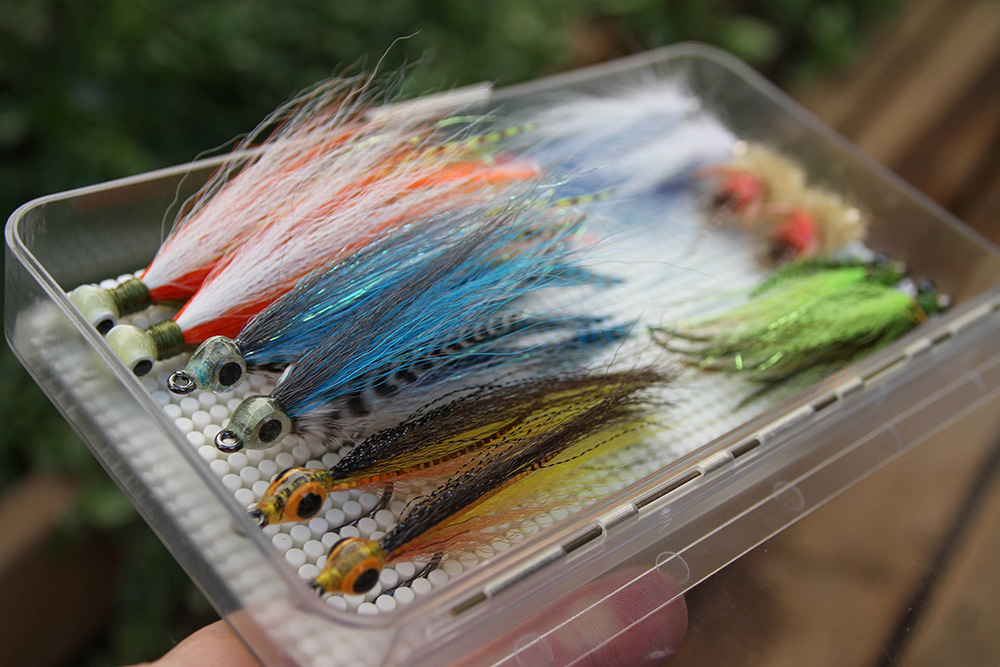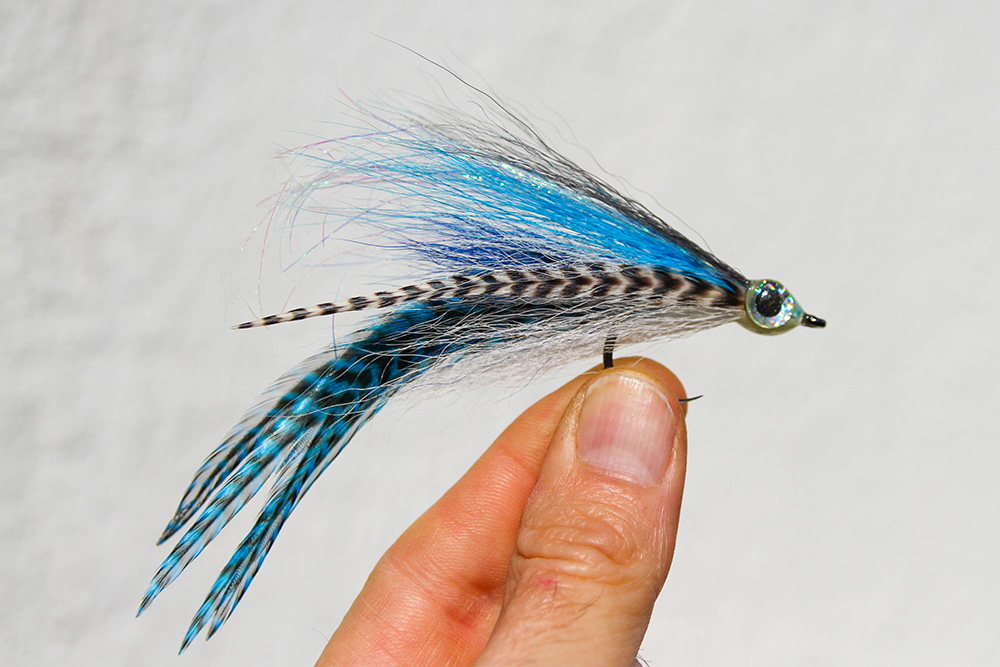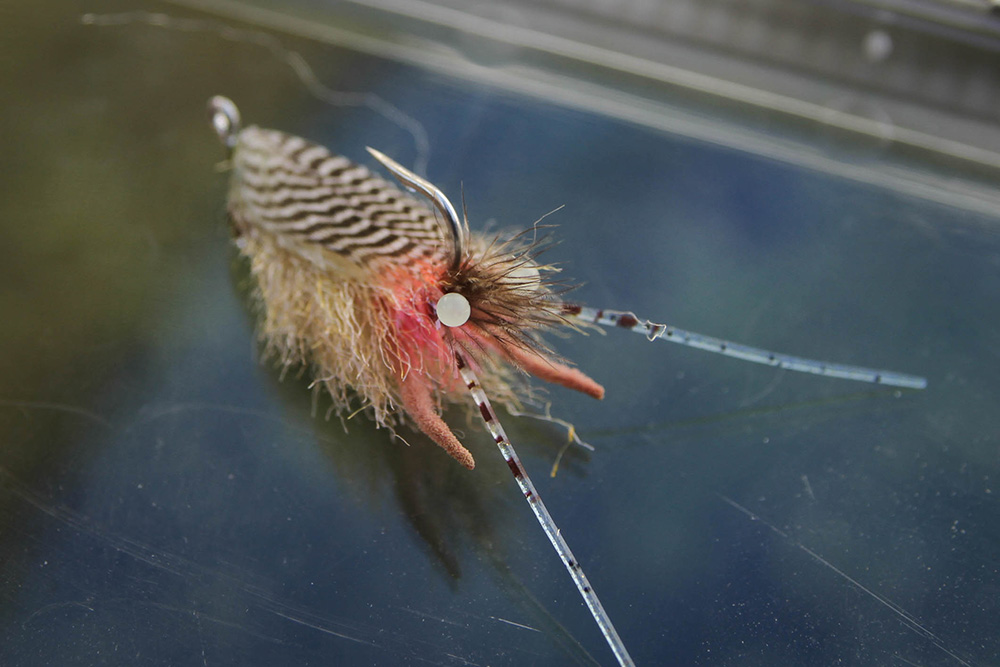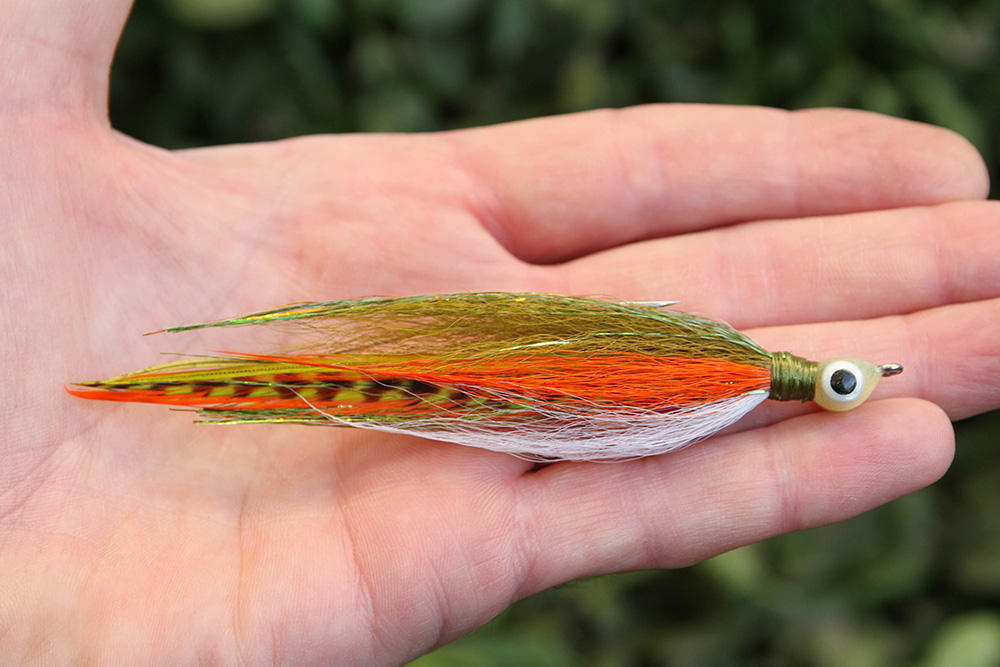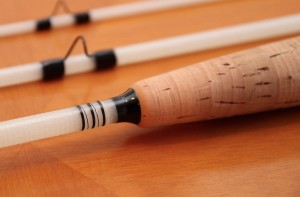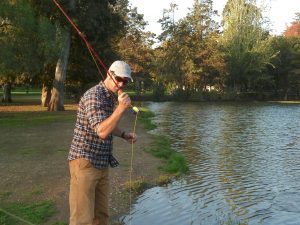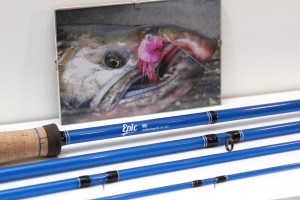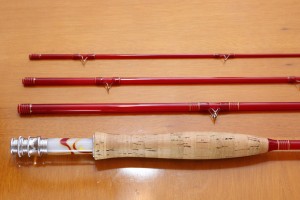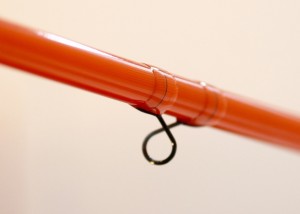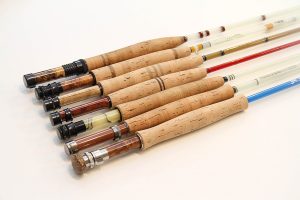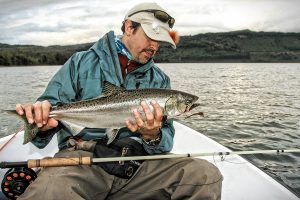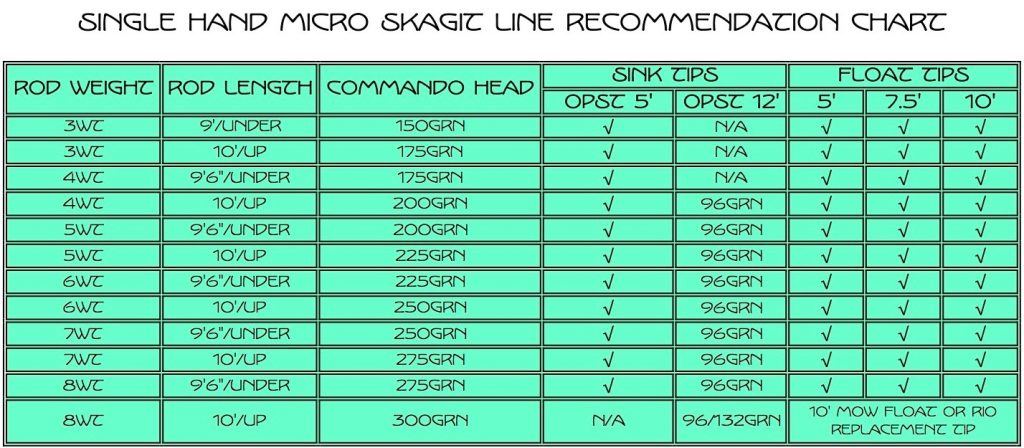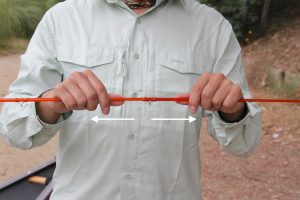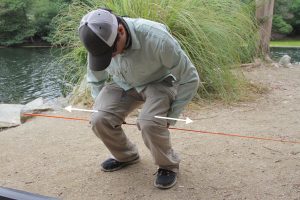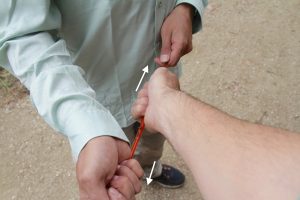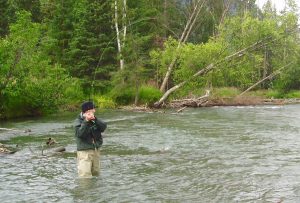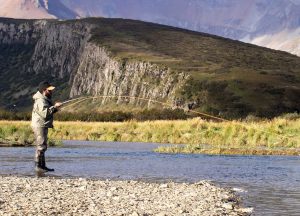Huevos para truchas (Trout Beads)
Bienvenidos al mundo de los TROUT BEADS!
¿Que son los trout beads?
Trout beads son pelotitas de plástico que imitan los huevos de salmón y otro peces.
¿Como se usa los trout beads?
Trout beads se pueden utilizar en una variedad de configuraciones, por ejemplo:
- Montado en un Shank como un huevo fijo de una mosca “egg sucking leech”.
- Montado en el Intruder wire en una mosca Intruder (mosca spey)
- Fijo en la linea sobre una mosca de carne (flesh fly) para una presentación tipo “steak & eggs” – Alaska.
- Suelto en el tippet sobre una mosca streamer, para una presentación tipo “egg sucking leech”.
- Fijo en la línea sobre un anzuelo, para presentarlo como una ninfa (dead drift egg).
- Entre la conexión de anzuelos de una mosca articulada, como una “hot spot”
¿*Como* comprar Trout Beads?
Pídelos por mensaje directo (WhatsApp, Instagram y Facebook). Recuerda: hay dos accesorios que acompañan los beads, los anzuelos y los “Peggz”. Revisa más información en (Trout Beads en el menú)
- Seleccina un tamaño
- Seleccina un color
- seleccina la cantidad de paquetes
Nota: Usaremos este sistema de venta hasta que tengamos nuestro nuevo sitio web lanzado.
ALASKA: Cuando viajé a Alaska en 2001 descubrí la mosca que no es una mosca, EL HUEVO! De hecho, algunos pescadores no los usarían porque no eran un patrón de mosca verdadero. sin embargo los huevos (Trout beads) estaban disponible en todas las tiendas de pesca con mosca y los tiendas de pesca ferretería. Funcionan muy bien donde las truchas comparten aguas con el salmón y también en aguas donde no viven ambos especies. Durante los años siguientes pescando en Alaska usé los huevos en configuraciones diferentes y con éxito.
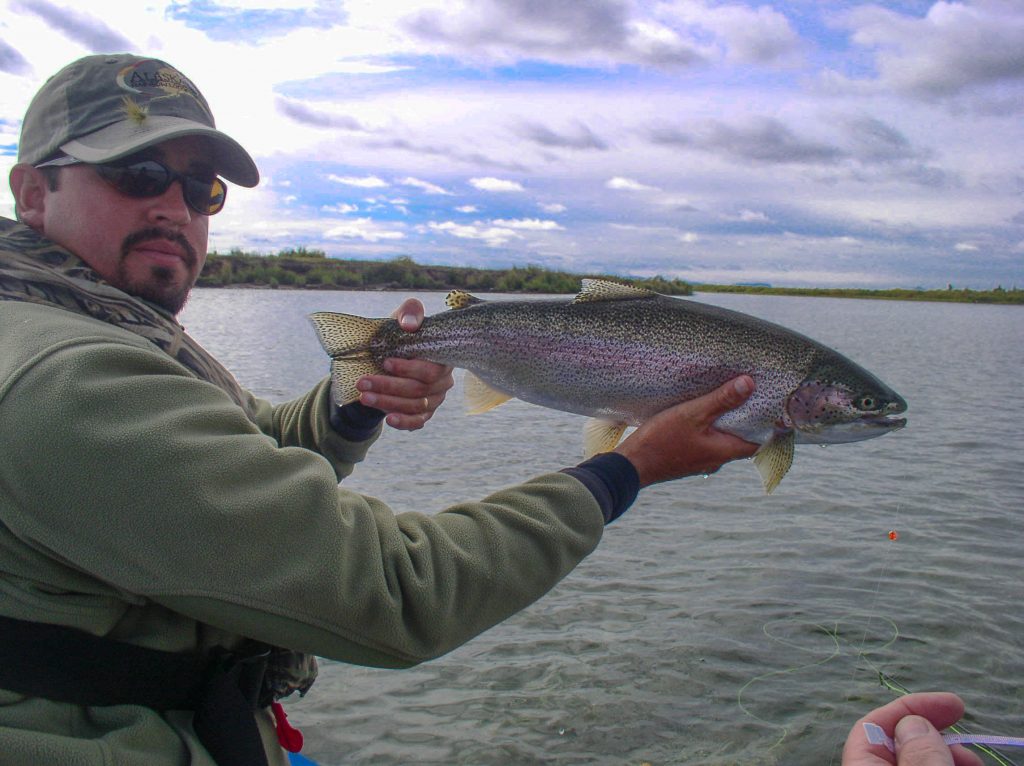
CHILE: Aquí en Chile uso mucha la mosca EGG SUCKING LEECH al comienzo de la temporada y al final. Utilizo los huevos (Trout beads) con moscas streamers mas que otro métodos pero porque ahora tengo disponible los huevos puedo uso el rango grande de los usos que estoy mostrando. incluso en los ríos donde no hay salmon, las truchas se come instintivamente un huevo. Este es el motivo por el que la trucha a veces pique o golpea los indicadores; ¡instintivamente desean comerse huevos!
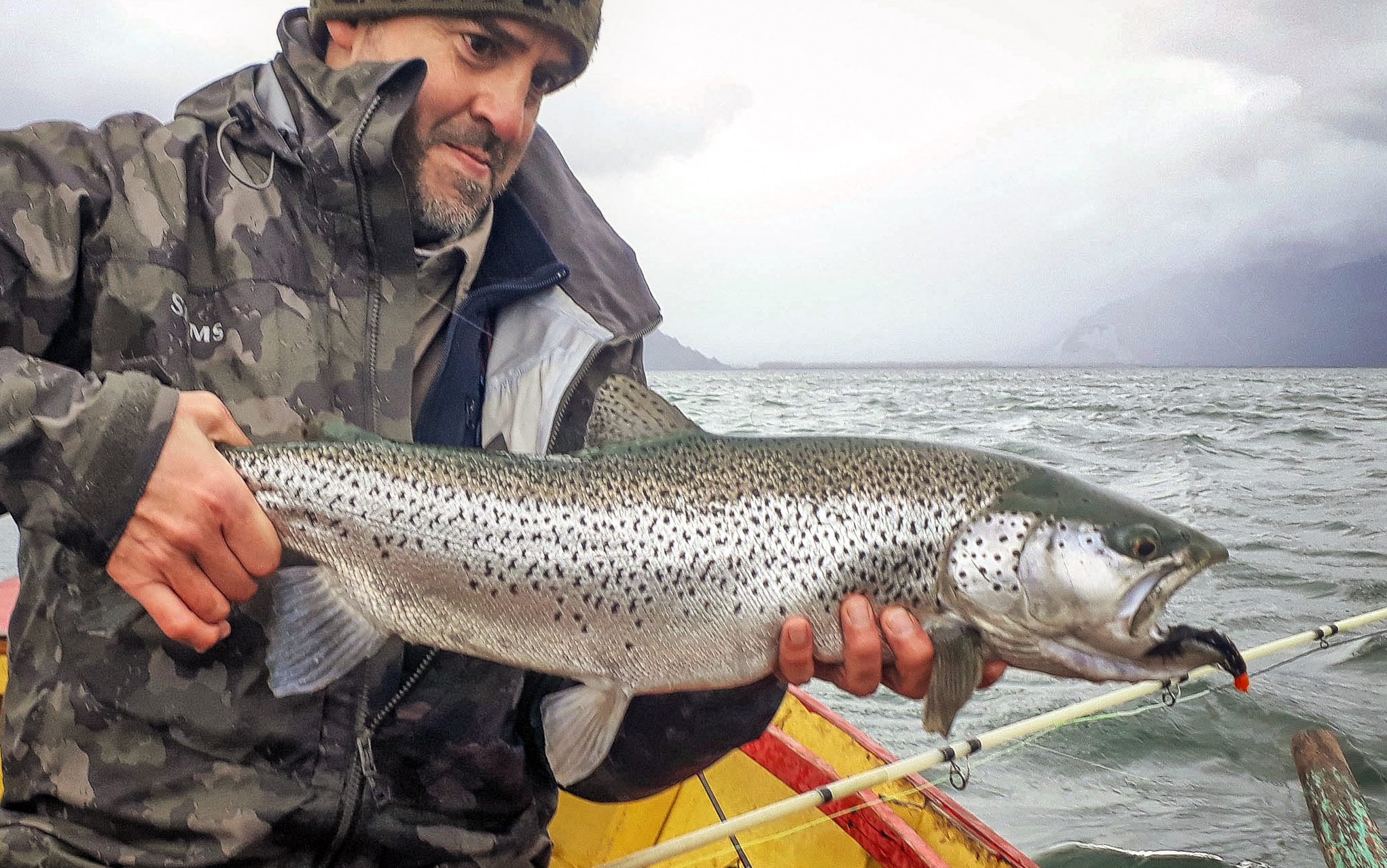
Siempre llevo huevos (Trout beads) en mis trajes (waders) y en mi banano. están guardado en una bolsillo de mis waders, en un bolsa plástico o en un alfiler de gancho grande (imperdible grande). Muy pocos cajas para moscas tienes los compartimentos para los huevos pero hay cajas así si te busca bien.
Los colores que traigo a Chile se basan en las especies de salmón en los regiones y lo que funciona bien como atractores.
¡3 consejos para aprovechar mejor valor del envío!
- Revisa tu caña luego de este temporada de pesca. Si ves que la puntera o los anillos están agostados, puedes enviar la caña para una reparación. En la devolución de la caña puedo incluir tus TROUT BEADS.
- Revisa que otros productos útiles tenemos. Por ejemplo: herramientas, anzuelos, protectores de dedos, cajas para moscas, fundas para cañas, estuches para carretes, tramos de linea de hundimiento (OPST) y pronto…¡moscas!
- Habla con tus amigos de la pesca y combina tus pedidos de TROUT BEADS. Luego comparte colores y tamaños de los huevos.

